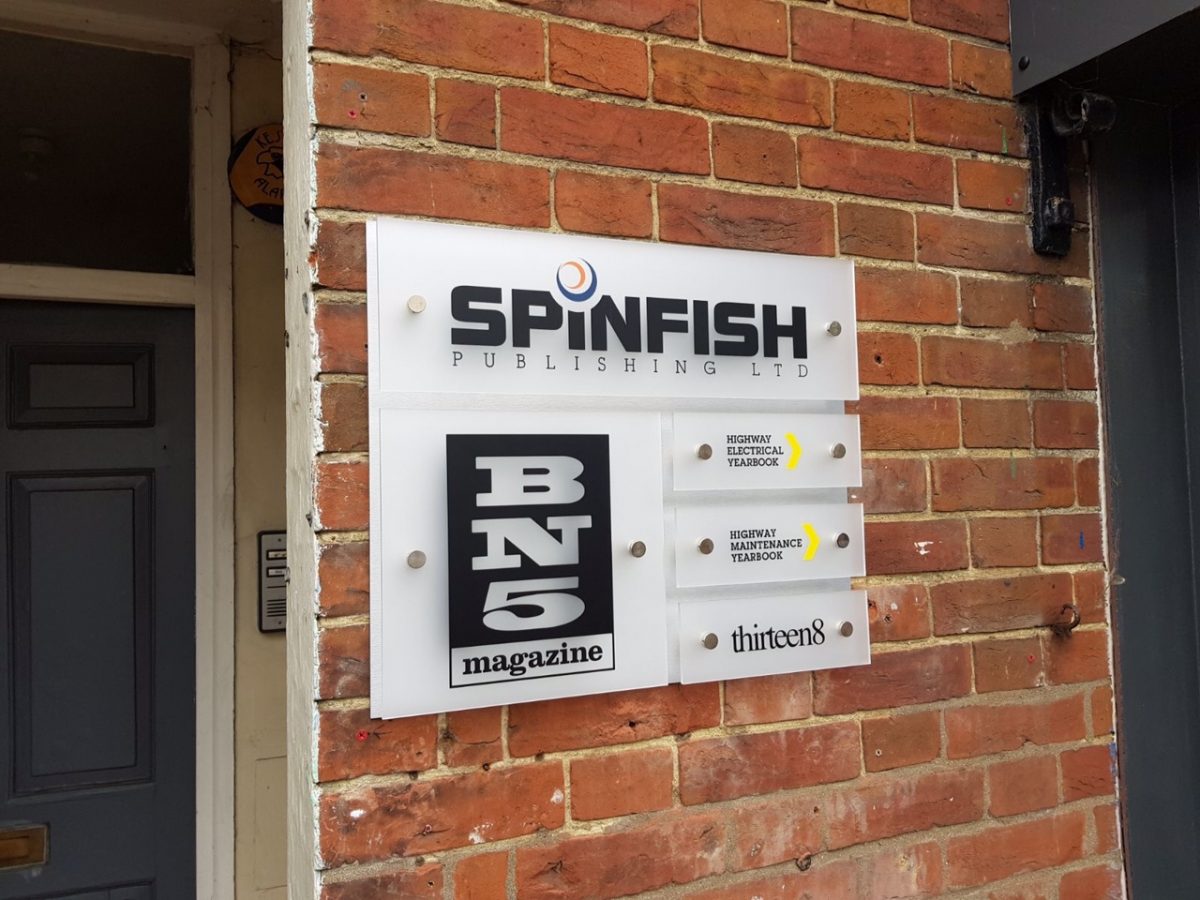What is wayfinding and why is it important?
Wayfinding began as a simple system of signs with arrows on them to point people in the direction of their destination, but has now evolved to become user-focused, technology-driven and highly integrated information systems.
Wayfinding systems are essential for navigating public spaces, museums, hospitals and libraries. Not only do these systems serve as useful guides, but they can also be used to enhance people’s experiences and understanding of a given space. In this article, we’ll look at how wayfinding works, the various different types and applications of wayfinding systems, and the importance of effective wayfinding signage in each of these applications.
How does wayfinding work?
Wayfinding systems come in many forms, from signs and maps to digital touchscreen panels. Certain innovative touches have been developed over the years, such as the coloured lines running along corridors in hospitals to lead the way to certain departments.
Some examples of wayfinding are encountered more frequently than others. Whenever you enter a building, you’re immediately confronted with decisions. You might have a vague idea as to the location of your destination – say, the fourth floor to the left of the elevators – or only know that you need to locate so-and-so’s office, somewhere in the building. But knowing how to get to your destination from your current location is the issue that wayfinding systems aim to resolve.Your journey through the building will be composed of a series of ‘nodes’ that help to keep you on track – for example, from the reception desk to the elevators, then from the elevators to the office. Wayfinding is about making this process smooth and informative, and thus could be defined as a form of spatial problem solving. An efficient and effective wayfinding system should answer three questions – ‘where am I?’, ‘where is my destination?’ and ‘how do I get from here to there?’
Why is effective wayfinding important?
Wayfinding systems are found all over the place, but you are likely to consciously notice these systems only if you actively look for them. Common spaces include libraries, university campuses, transportation hubs, healthcare facilities, and large public and corporate buildings.
Besides the obvious goal of helping people to find their destinations, effective wayfinding systems have several other important roles to play. Particularly important in busy high-stress environments, such as airports or hospitals, effective wayfinding can help engender a sense of safety, security and well-being.
Healthcare
In hospitals and other healthcare facilities, research suggests that carefully designed wayfinding systems can even influence the well-being of those being treated. Studies from the 1990s onwards have found that, in contrast to the clinical white walls with which most of us are familiar, soothing environments decorated with comforting colours and plants, flowers and sunlight are far better at healing.
Alongside this, but no less important according to the researchers, should be easy navigation around the facility aided by architectural cues and a well-designed wayfinding system. One study carried out by spatial expert Jain Malkin looked at how visual cues are used in every day navigation outdoors, then applied this to the interior of a hospital building, promoting natural light, highly visible yet unobtrusive signage and looped corridors instead of dead-ends for a more natural wayfinding experience.
This is all the more important when we remember that families and patients visiting healthcare facilities are often stressed as a direct result of the medical reason for their visit, let alone the additional stress of having to navigate between multiple buildings with complex layouts. Carefully designed wayfinding signage, featuring easily-followed instructions can be employed to minimise stress. And some wayfinding systems go further, dispensing with textual information and instead relying upon non-textual cues, such as symbols and colours.
Transportation
Airports are also quite stressful places, especially at large regional hubs where many passengers transfer from one flight to another in a short space of time. In such settings, wayfinding systems deliver information at key decision points in a carefully planned manner throughout a traveller’s journey through the complex. Such a wayfinding system usually combines maps, signage, colours and symbols to create a comprehensive navigational aid.
Problems with wayfinding systems occur when there is insufficient information for the traveller to make a decision as to where to go. But whilst having enough information is important in order to be able to choose the required route, some wayfinding specialists point out that too much information can cause just as many problems.
Museums and galleries
Poorly designed wayfinding systems can frustrate the traveller to the extent that they will not return to the space. But equally in museums and galleries, giving the traveller too many options and excessive information can lead to them missing large parts of exhibits. In many galleries and museums, exhibition rooms are open-plan with unstructured paths, with users simply being guided from one room to the next.
Users may make an effort to walk around each room in its entirety, but many will simply take the path of least resistance, which diminishes their experience of the space. Paths can be restricted in many ways, from building a flowing, coherent narrative into the exhibition, to using wayfinding devices to clearly illustrate which exhibits are where and how they can be found.
Therefore, a well-designed wayfinding system contains architectural cues, well-structured paths and clear symbol- or colour-based signage, but also employs these elements to limit the number of choices available to the visitor, paradoxically enhancing their experience by doing so.
Conclusions
Wayfinding is truly ubiquitous and is essential for navigating the unique challenges of modern life. The wide variety of environments in which wayfinding systems are employed requires careful thought and planning to develop a system to meet the demands of a particular space. At The Sussex Sign Company, we have the expertise necessary to advise on the most appropriate wayfinding system for each and every application. Please don’t hesitate to get in touch for more information.

